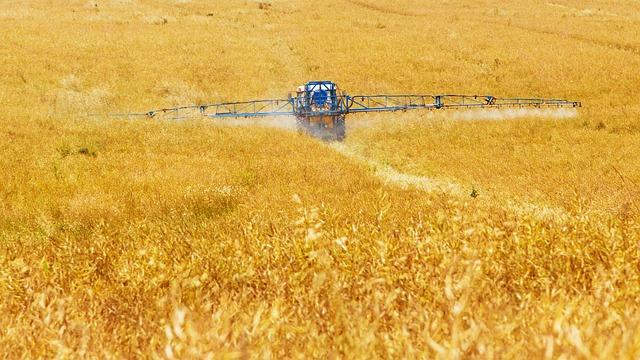- Introduction
- Understanding Food Waste
- How Food Waste Becomes Fertilizer
- Benefits of Turning Food Waste Into Fertilizer
- Steps to Turn Food Waste Into Fertilizer At Home
- Conclusion
- FAQs
- References
Introduction
Food waste is one of the biggest environmental issues we face, but many are unaware that this "waste" can be transformed into something valuable. The process of turning food waste into fertilizer has gained attention for its eco-friendly benefits, helping nurture our soil while reducing landfill waste. In this article, we will explore the growing problem of food waste, how the decomposition process works, the numerous benefits of this transformation, and step-by-step methods to help you convert your food waste into nutrient-rich fertilizer at home.
The topics we will cover focus on:
- Understanding food waste, its causes, and impact on the environment.
- The science behind turning food waste into fertilizer and the processes involved.
- The environmental, economic, and agricultural benefits of using food waste-based fertilizers.
- A detailed guide on how to easily compost and create fertilizer from food scraps at home.
Understanding Food Waste
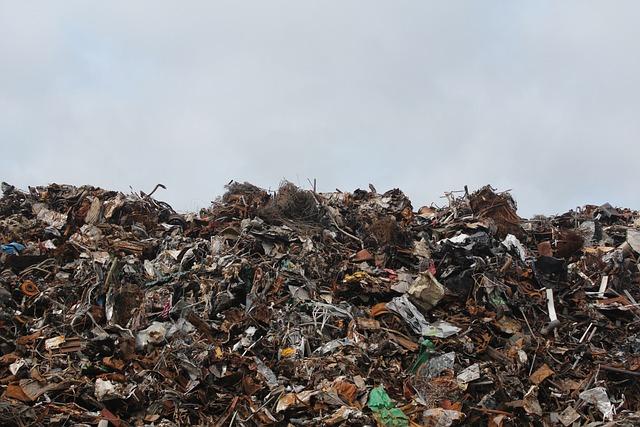
(Image: Pixabay/@Pexels)
Food waste encompasses all edible food that gets discarded or unconsumed both at the household level and commercial levels, such as in restaurants and grocery stores. An alarming statistic from the United Nations reveals that approximately one-third of all food produced globally is wasted, representing a significant loss of resources like water, land, and energy.
At home, excess food often ends up in the trash because of poor meal planning or simply because food has gone bad before it could be consumed. On a larger scale, inefficiencies in our supply chains contribute to large amounts of waste, sometimes due to stringent quality standards set by retailers for cosmetic appearance rather than just nutritional value.
Not only are these wasted food materials taking up space in landfills, but as they decompose, they release methane gas, a potent greenhouse gas that contributes significantly to climate change. By examining ways to harness this waste effectively, we can reduce our carbon footprint, save money, and return nutrients back to the earth where they belong.
How Food Waste Becomes Fertilizer
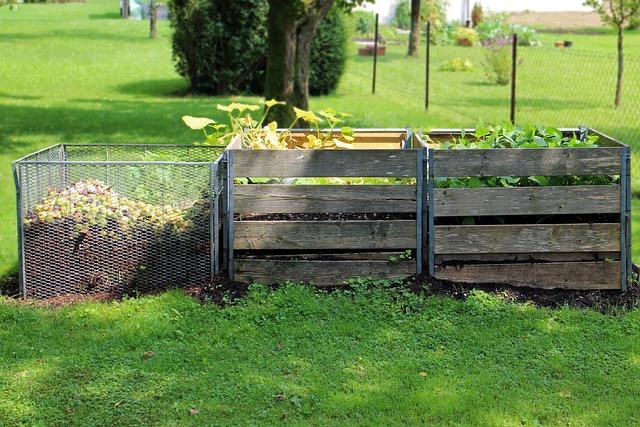
(Image: Pixabay/@Antranias)
When food breaks down naturally, especially organic waste such as fruit peels and vegetable scraps, it decomposes into simpler organic compounds. Composting mimics this natural process, speeding it up to create rich, fertile soil, commonly known as fertilizer or compost. This technique can be done through aerobic (with oxygen) or anaerobic (without oxygen) processes, depending on the compost system you use.
One of the most common methods is composting, which involves layering food waste with other compostable organic material like yard waste. Microorganisms, such as bacteria and fungi, initiate the breakdown of these materials, turning them into nutrient-dense humus over a few weeks to months.
Another approach—often called "vermicomposting"—uses worms to help speed up the decomposition. Worms feed on food scraps and produce worm castings, a highly potent form of fertilizer that plants love. While each method differs slightly, they share the same goal: to convert kitchen waste into a powerful soil amendment that supports plant growth.
Benefits of Turning Food Waste Into Fertilizer
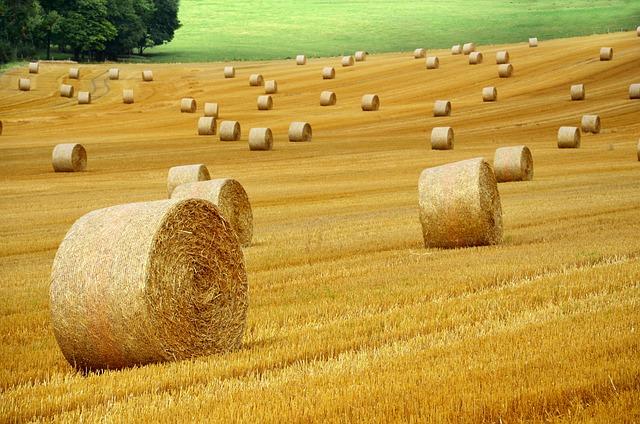
(Image: Pixabay/@ybernardi)
The practice of turning food waste into fertilizer offers several benefits, beyond just keeping waste out of landfills. Here are some key advantages:
1. Reducing Greenhouse Gas Emissions: When food waste decomposes in landfills, it produces methane, a harmful greenhouse gas. But composting methods allow organic matter to break down aerobically (with oxygen), which greatly reduces methane emissions.
2. Enhancing Soil Health: Food waste-based fertilizers are packed with nutrients that enrich the soil, increase its organic content, and promote microbial activity. Healthier soils can retain more moisture, reducing the need for chemical additives and irrigation.
3. Economic Benefits: By recycling food scraps into homemade fertilizer, households and farmers can reduce expenses on chemical fertilizers. Additionally, reducing waste collection costs can save money at both municipal and personal levels.
4. Supporting Sustainable Agriculture: Natural fertilizers created from food scraps help preserve ecosystems without the side effects of synthetic chemicals. This creates long-term sustainability for crops, increasing yields and promoting biodiversity.
Steps to Turn Food Waste Into Fertilizer At Home
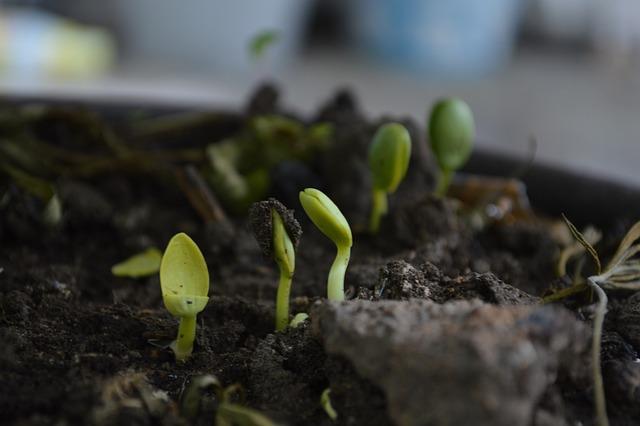
(Image: Pixabay/@GAD-BM)
If you're ready to start reducing your food waste and creating your own fertilizer, here’s a simple guide to follow:
1. Collect Food Scraps: Start by gathering vegetative food scraps such as fruit peels, vegetable trimmings, coffee grounds, tea bags, and eggshells. Avoid meat, dairy, and processed foods for successful composting.
2. Set Up a Compost Bin: Choose an area in your backyard or get a small compost bin for indoor use. If you’re composting indoors, ensure the bin has proper ventilation to prevent odors. You can also buy a rotating composter to improve aeration and speed up decomposition.
3. Layering Your Compost: Add alternating layers of food scraps (green materials) and dry items such as newspaper or garden clippings (brown materials). This helps balance nitrogen and carbon in the mixture, which enables more efficient breakdown by microbes.
4. Aerate Regularly: Use a shovel or compost turner to turn the compost every few days to introduce oxygen, which accelerates the decomposition process. Make sure it's moderately damp; if it gets too dry, sprinkle some water.
5. Harvest Your Compost: After 8–12 weeks (depending on your composting system), your food waste should have turned into dark, crumbly compost. Spread this natural fertilizer in your garden beds or around your plants to promote healthy growth.
Conclusion
As food waste continues to pose environmental challenges, transforming this waste into fertilizer becomes an important solution. Not only does this reduce methane emissions and landfill usage, but it enriches soil health and promotes sustainable living practices. The simple steps outlined here offer an easy and beneficial way to repurpose your kitchen scraps, contributing to a greener future while nourishing your garden or crops.
FAQs
What types of food scraps can I compost?
You can compost most fruit and vegetable peels, coffee grounds, eggshells, yard waste, and tea leaves. However, avoid adding meat, dairy, and oily foods as they may attract pests and slow down the decomposition process.
Does compost smell bad?
Properly managed compost should not produce bad smells. If your compost starts to smell, it could be too wet or lacking in air. Ensure a good mix of materials and turn it regularly to maintain airflow.
How long does it take to turn food waste into fertilizer?
The time it takes to convert food waste into usable compost can vary depending on your method and the conditions, but generally, it takes between 8-12 weeks for full decomposition to occur.
Can composting be done indoors?
Yes! You can use small indoor composters or worm bins, which are designed for apartment living and other small spaces, to effectively compost food waste without needing outdoor space.
Why should I compost instead of sending food waste to the landfill?
By composting, you help reduce methane emissions from landfills, conserve resources, and create nutrient-rich fertilizer that supports plant growth. It’s a win for both you and the environment.

